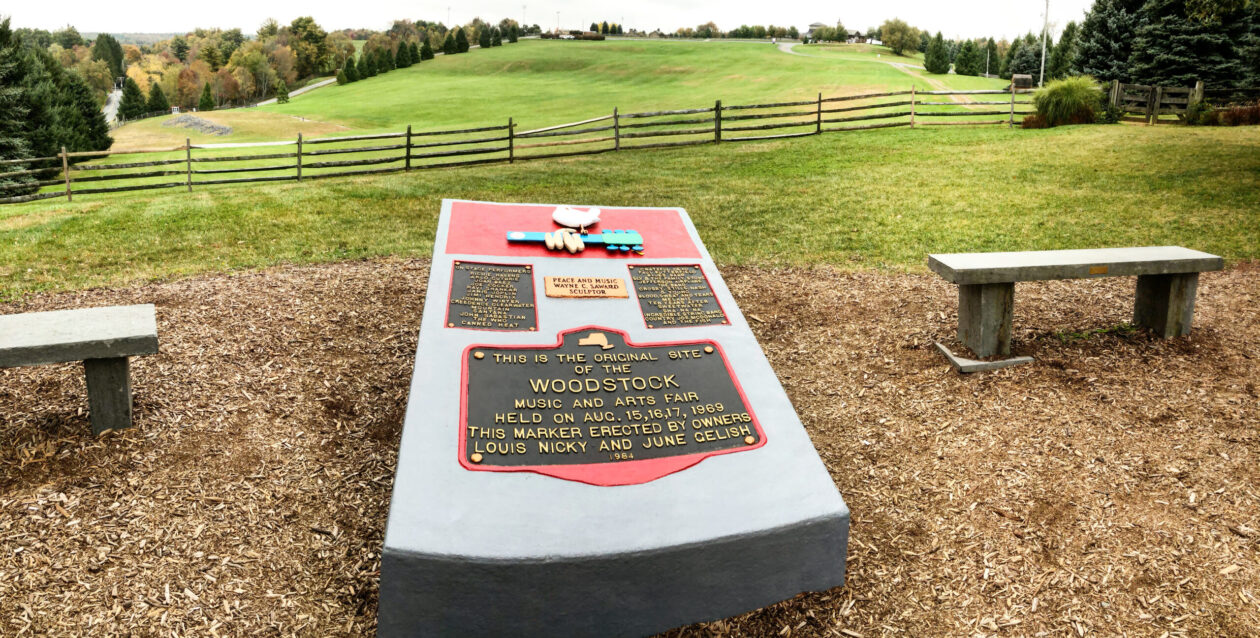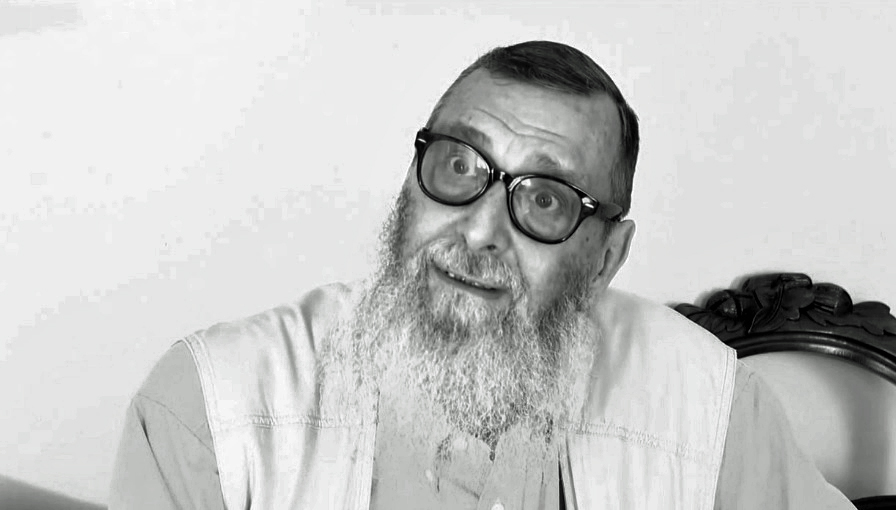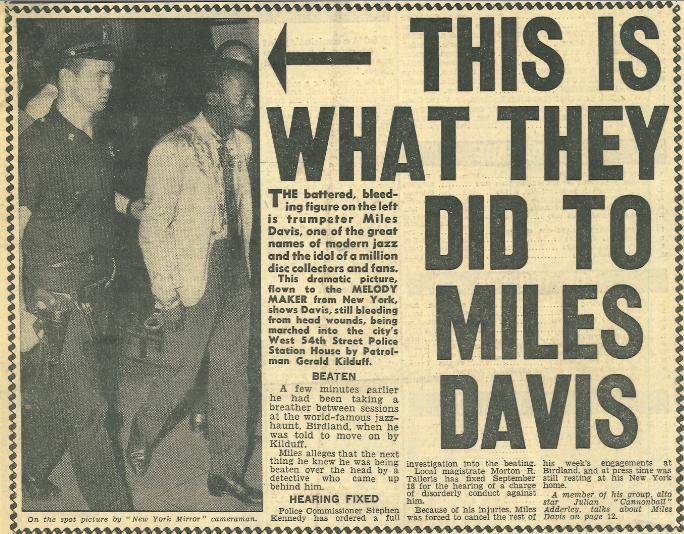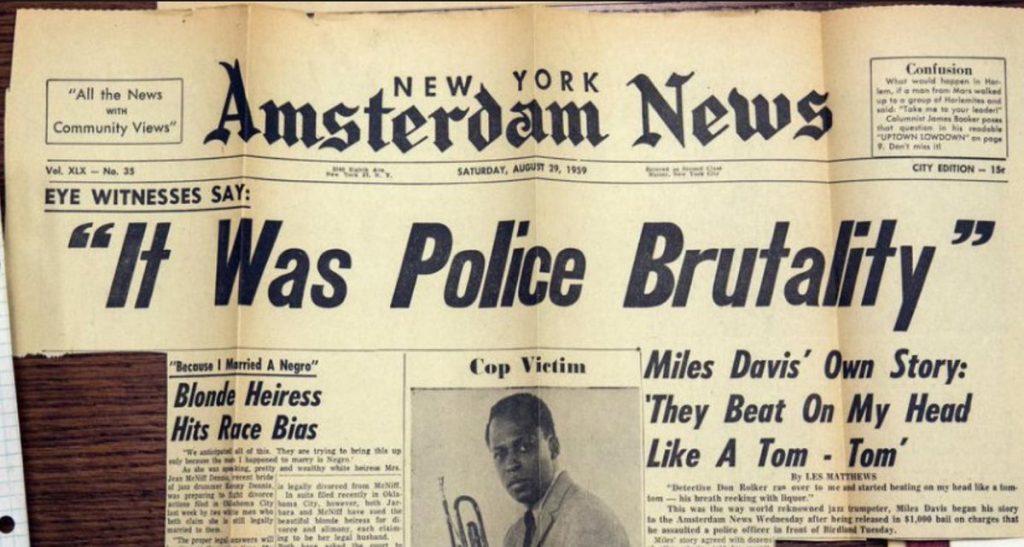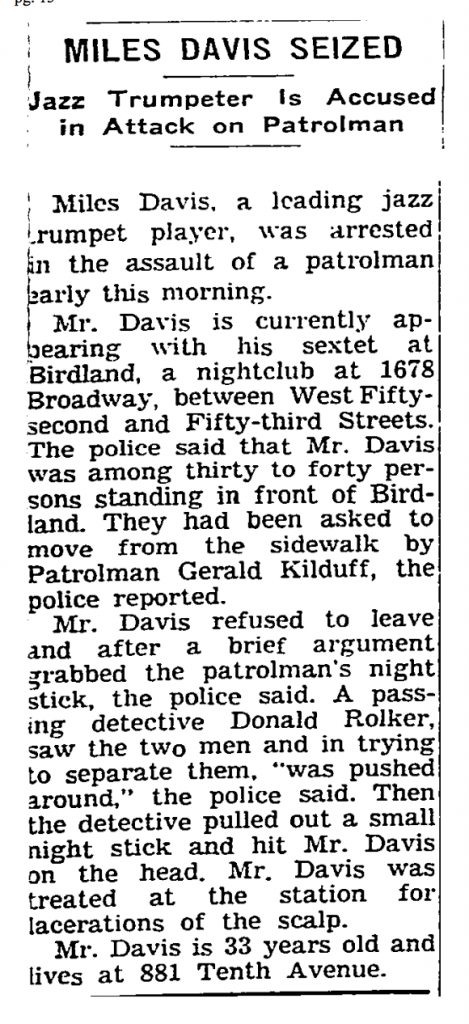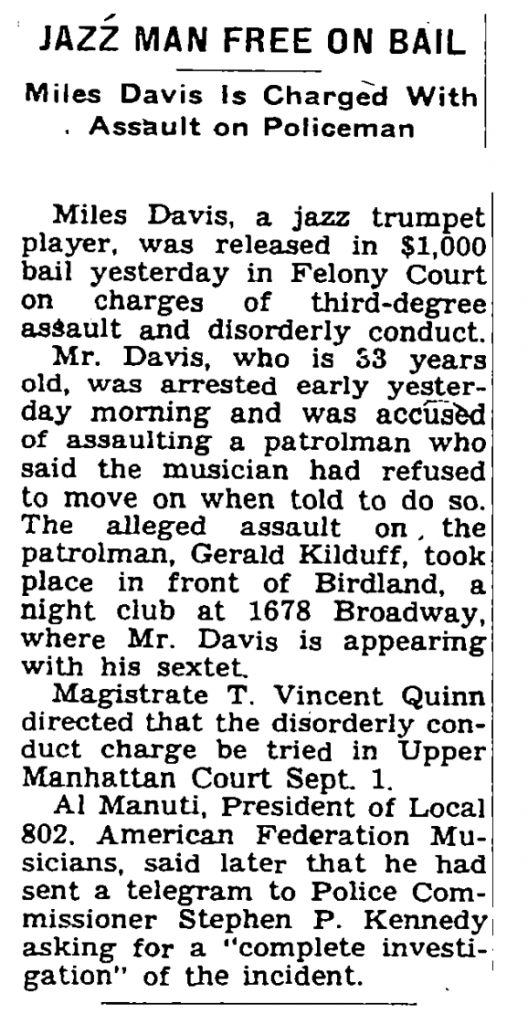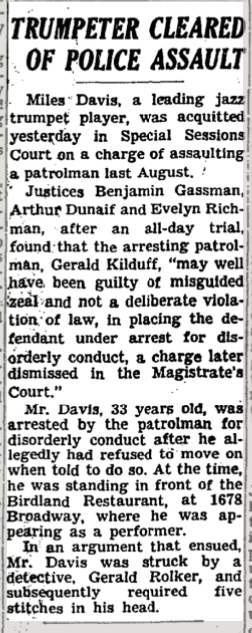September 2020 COVID 19
As U.S. cases decline elsewhere, the Midwest sees a worrying spike
September 1, 2020: reports of new cases had fallen significantly around the country since July; they were flat in 26 states and falling in 15 others. But in nine states, cases were still growing, and in some, setting records — especially in the Midwest.
Iowa, Kansas, Minnesota, North Dakota and South Dakota all added more cases in a recent seven-day stretch than in any previous week of the pandemic. Together, they reported 19,133 new cases in the week ending Sunday, according to a New York Times database — 6.4 percent of the national total, though the five states are home to only 4 percent of the population. In each, some of the biggest surges in new case numbers have come in college towns. (NYT story)
September 2020 COVID 19
855,652 COVID Deaths Worldwide
September 1: 25,671,845 case worldwide; 855,652 deaths worldwide
187,793 COVID Deaths USA
September 1: 6,212,708 cases in the USA; 187,793 deaths in the USA.
September 2020 COVID 19
Steroid treatment
September 2: published international clinical trials confirmed the hope that cheap, widely available steroid drugs could help seriously ill patients survive Covid-19.
Following release of the new data, the World Health Organization strongly recommended steroids for treatment of patients with severe or critical Covid-19 worldwide. But the agency recommended against giving the drugs to patients with mild disease.
The new studies include an analysis that pooled data from seven randomized clinical trials evaluating three steroids in over 1,700 patients. The study concluded that each of the three drugs reduced the risk of death.
That paper and three related studies were published in the journal JAMA, along with an editorial describing the research as an “important step forward in the treatment of patients with Covid-19.” [NYT article]
September 2020 COVID 19
US/WHO
September 3: the Trump administration pulled U.S. officials from the headquarters of the World Health Organization.
The U.S. officially announced its withdrawal from the WHO this summer, initiating a year-long process that will not go into effect until a year later on July 6, 2021. But the State Department announced on this date that the U.S. was already beginning to scale down its engagement, including “recalling the Department of Health and Human Services (HHS) detailees from WHO headquarters, regional offices, and country offices, and reassigning these experts.” [NBC News article]
- COVID 19 Pandemic Begins
- February 2020 COVID 19
- March 2020 COVID 19
- April 2020 COVID 19
- May 2020 COVID 19
- Trump/COVID 19 Begin
- Trump COVID 19 Continue
- April 2020 Trump COVID
- June 2020 COVID 19
- July 2020 COVID 19
- August 2020 COVID 19
- October 2020 COVID 10
- November 2020 COVID 19
- December 2020 COVID 19
- Winter 2021 COVID 19
- Spring 2021 COVID 19
- Summer 2021 COVID 19
- Fall Winter 2021 COVID
